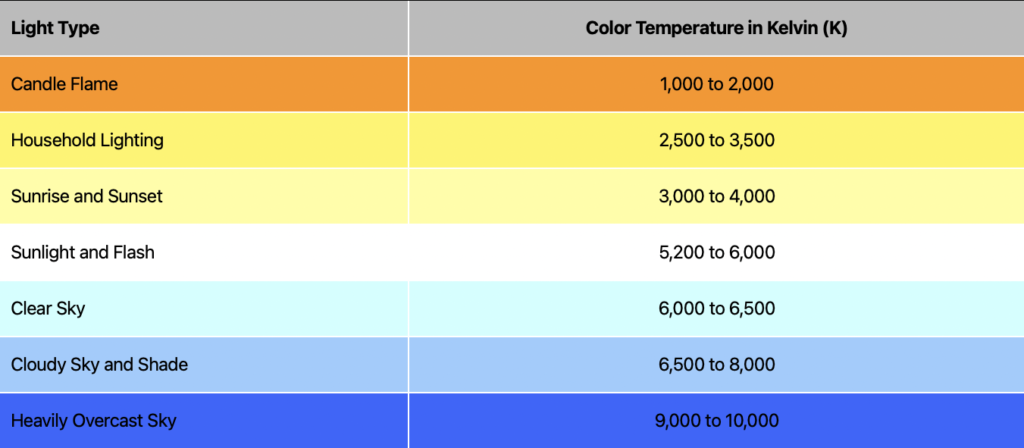ISO determines the brightness of an image, if you increase your ISO then your image will get brighter. However if your ISO is too high your image could be very grainy, or noisy. Therefore, you should only change your ISO if you can’t make your image any brighter using the aperture and shutter speed.
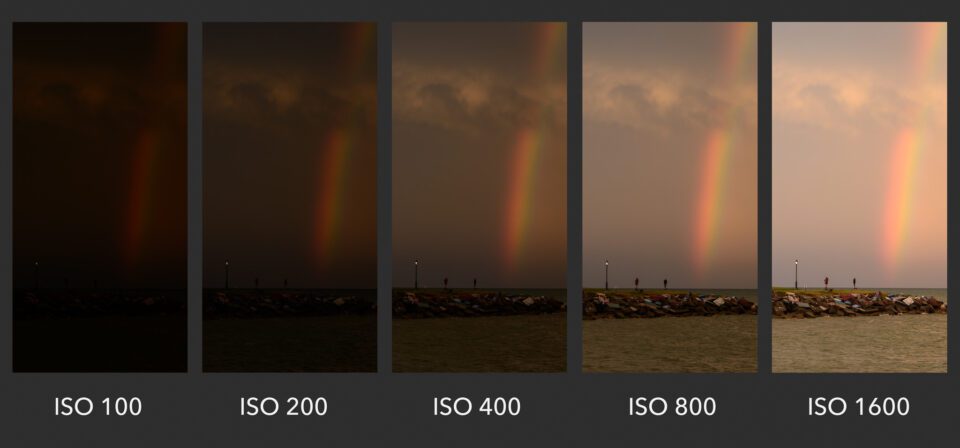

White balance (WB) is the balancing of colours to try and make the image as natural as possible. Our brains automatically adapt WB so that what see seems natural. However, the camera picks up what the actual colours of the scene are, making the images potentially become very blue or orange depending on the warmth or coolness of the image. You can change the WB on your camera by changing the different values of colour warmth manually, or by using the different pre-sets on the camera to automatically adapt the image to the correct WB. However, this is only required when shooting JPEG images. Instead, you could shoot RAW images allowing you to change the WB later using post-processing software like Lightroom.
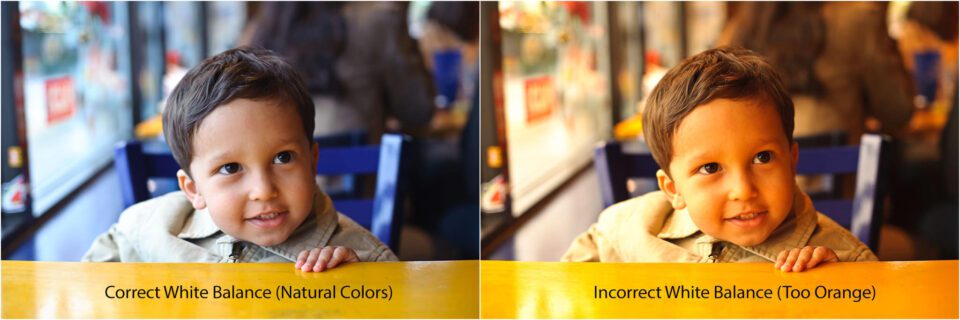
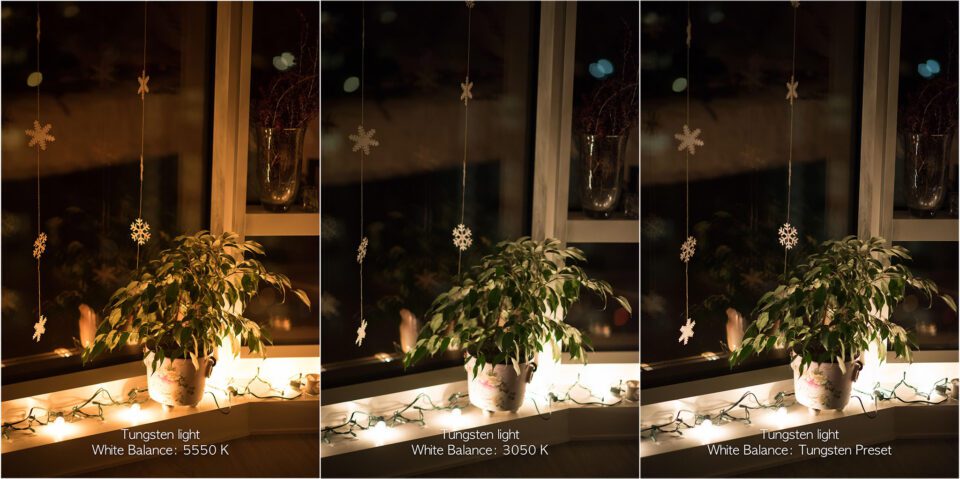
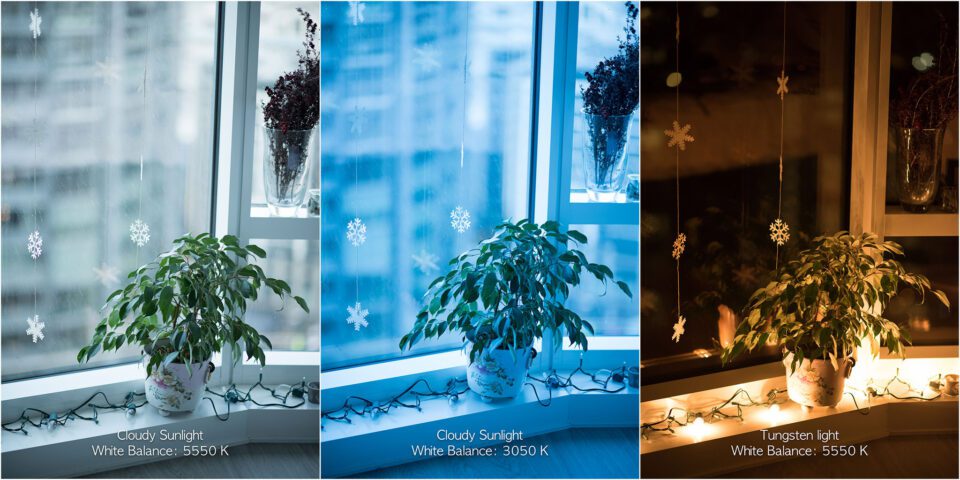
The table below shows the values of different colour temperatures, measured in units of Kelvin.
